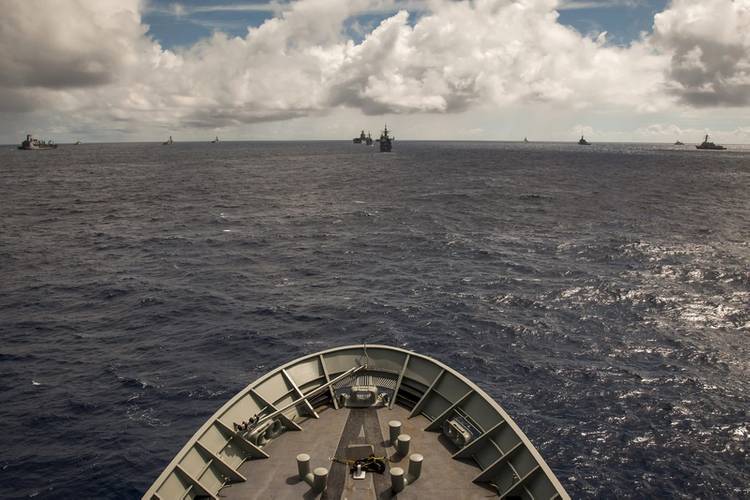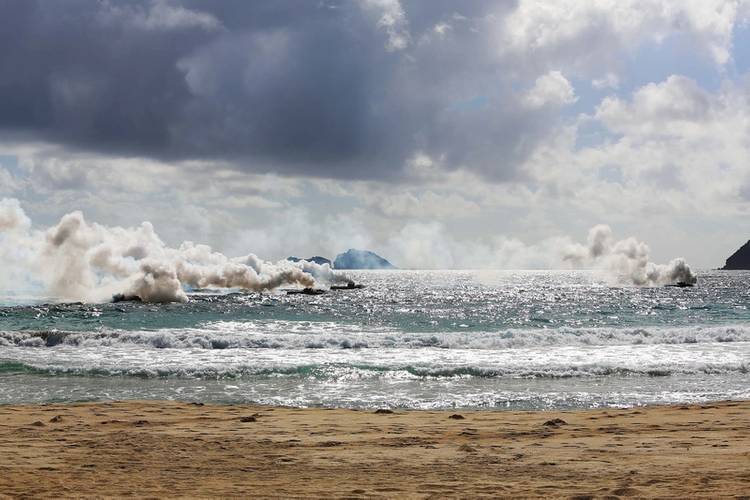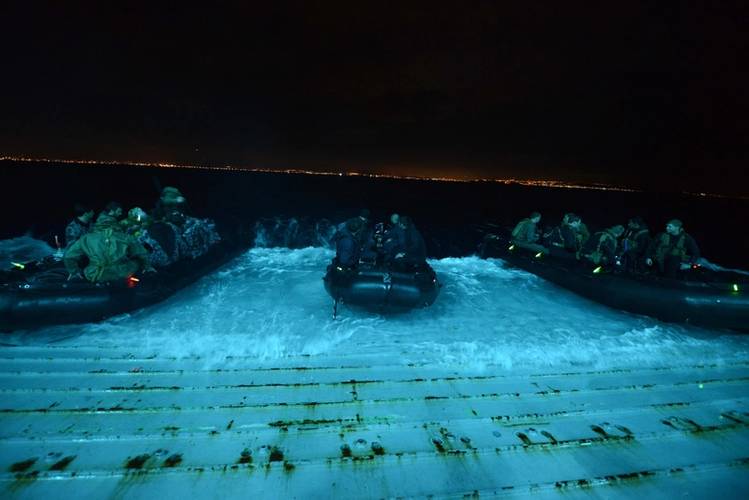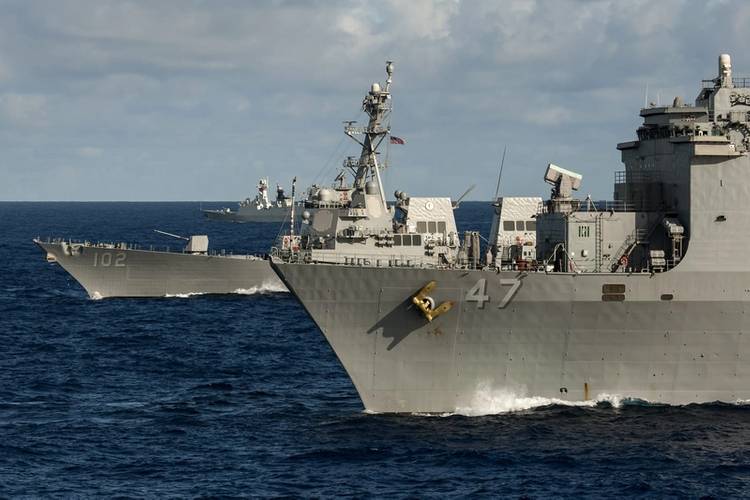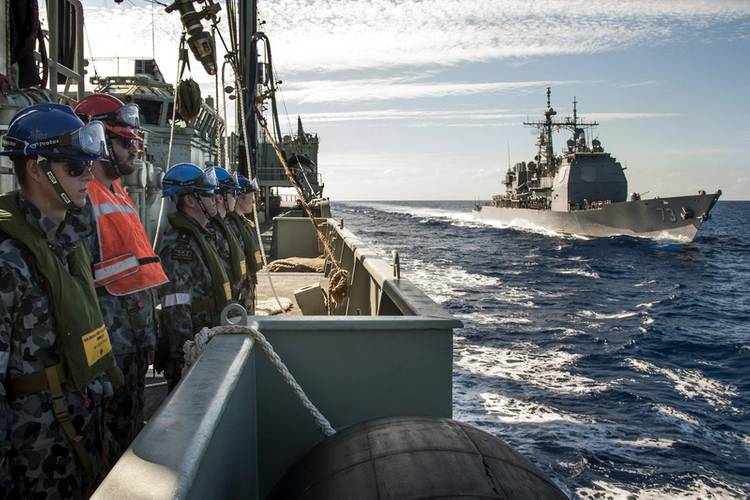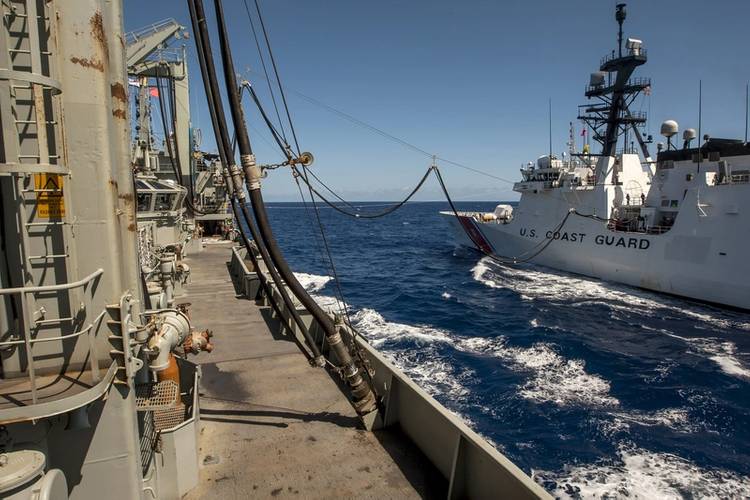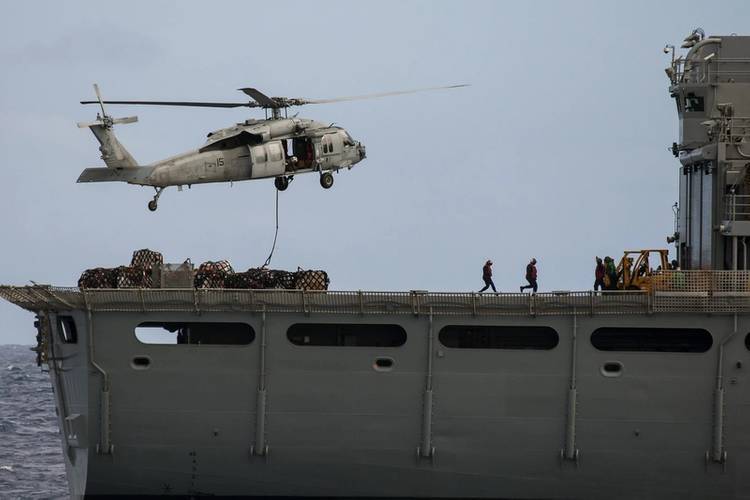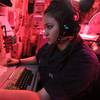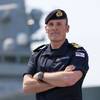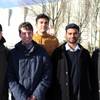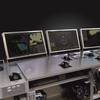RIMPAC Draws ADF Closer to Amphibious Future
More than 800 Australian Navy, Army and Air Force personnel are on their way home after taking part in RIMPAC, the world’s largest naval exercise, which concluded in Hawaii today.
Australia sent the Royal Australian Navy (RAN) ship HMAS Success and Submarine HMAS Sheean, a rifle company from 5th Battalion, the Royal Australian Regiment and three Royal Australian Air Force (RAAF) AP-3C Orion aircraft to the exercise to conduct military training with defense forces from 21 other Pacific Rim nations.
At the start of the exercise on June 26, Australian Defense Force officers were appointed to three senior RIMPAC command positions for the first time.
Rear Admiral (RADM) Simon Cullen served as Deputy Commander of the Combined Task Force, Air Commodore Chris Westwood as Combined Forces Air Component Commander and Commodore Peter Leavy as Expeditionary Strike Group Commander.
RADM Cullen said the experience gained by the Australian Defense Force (ADF) in leading the Expeditionary Strike Group would prove invaluable when the nation’s new Canberra Class Landing Helicopter Dock (LHD) ships are introduced into service later this year.
“Having men and women from the Navy, Army and Air Force command this large, multinational amphibious task group at RIMPAC has greatly expanded the depth of knowledge and experience we have – not only operating in and around large ships, such as the US Navy’s Amphibious Assault Vessels and our incoming LHDs, but also coordinating ground forces and air assets to achieve operational and humanitarian objectives,” RADM Cullen said.
To further enhance Australia’s amphibious capabilities, infantry soldiers from the Australian Army’s 1st Brigade conducted amphibious focused training with soldiers and marines from across the Pacific.
The training covered a range of combat skills and culminated in a major amphibious landing and beach assault serial, launched from the United States Navy’s Amphibious Assault Ship USS Peleliu.
HMAS Sheean and the three RAAF AP-3C Orion aircraft participated in multi-national anti-submarine warfare scenarios, while HMAS Success played a major role in the RIMPAC Replenishment Task Force by refueling the fleet of coalition warships and allowing them to stay involved in the exercise missions.
Chief of Joint Operations, Vice Admiral (VADM) David Johnston, said operational capability would be greatly enhanced by the ADF’s participation at RIMPAC.
“We have already seen a real-world scenario this year in the Pacific region which demonstrated that cooperation amongst a large group of partner nations is sometimes crucial to conduct a mission that would be an insurmountable task for an individual nation,” VADM Johnston said.
“The search for Malaysian Airlines Flight MH-370 covered an enormous search area which was only possible because a group of nations, all participating in RIMPAC, operated together with a common goal.
“Exercises like this give us an opportunity to refine and enhance our interoperability with each other, so we can work efficiently and effectively together when real situations arise.”
RIMPAC is a biennial military training exercise conducted to strengthen international maritime partnerships, enhance interoperability and improve the readiness of participating forces for a wide range of potential operations.
This year marks the 24th RIMPAC and Australia has participated in every iteration of the exercise since it began in 1971.












